Another day, another city, another bus tour!
I made the short train ride back to Bristol today to check out the town as I only passed through on my way to Weston and Worle. There was only one bus route in Bristol that took around 45 minutes to complete so I decided to catch it twice around to get a view from both sides of the bus (no repeat of Hamburg here!). Being that I was there on a Wednesday also helped as it was very quiet so there were plenty of seats on the bus.
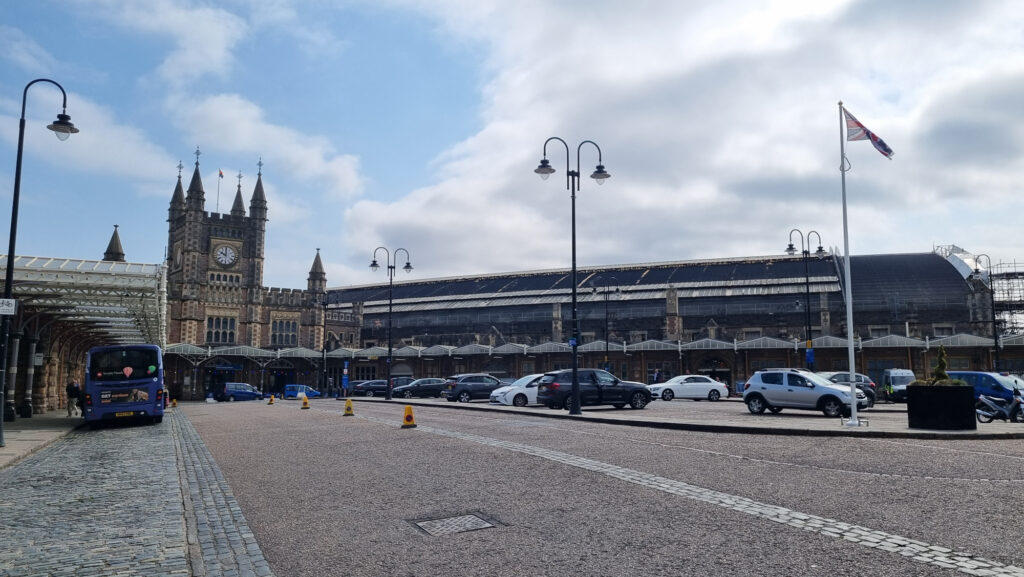
The tour actually started and ended one stop after I got on at the station, so I missed the part about the station as it moved on to the end of tour announcement when we left the station bus rank. As it turns out though there’s a fellow by the name of Isambard Kingdom Brunel who’s name you will become very familiar with (spoiler alert, very familiar with over the next few days).
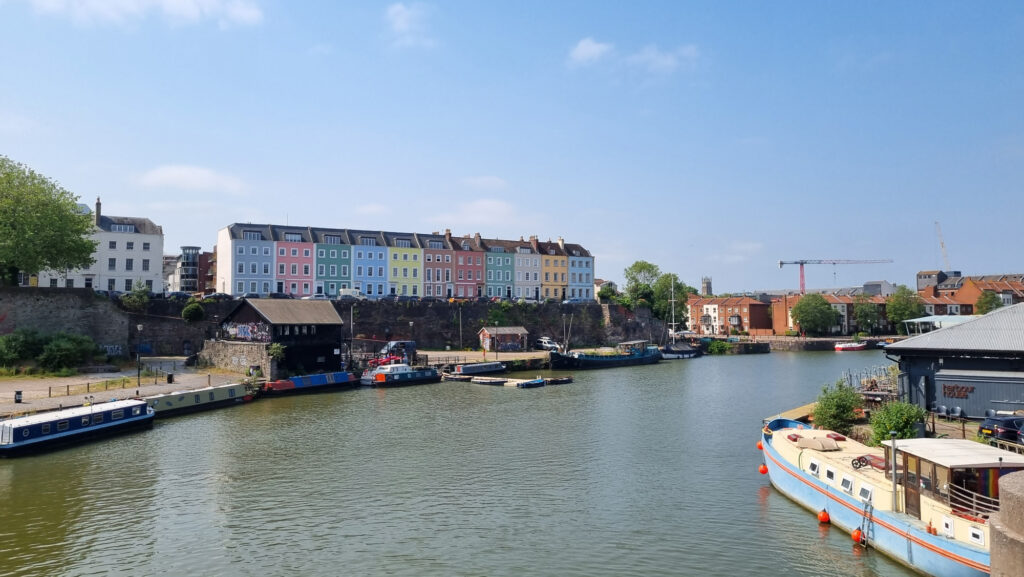
The bus made the short journey to the starting point and after a few minutes of waiting started the tour, we made our way up hill past city hall and up Park Street where iconic old shopfronts line both sides of the road. Near the top of the hill we passed the Willis Memorial Building, built by the sons of Henry Overton Willis to celebrate his life and achievements in business (he was a founder of WD&HO Willis that was big in tobacco manufacturing back in the day).
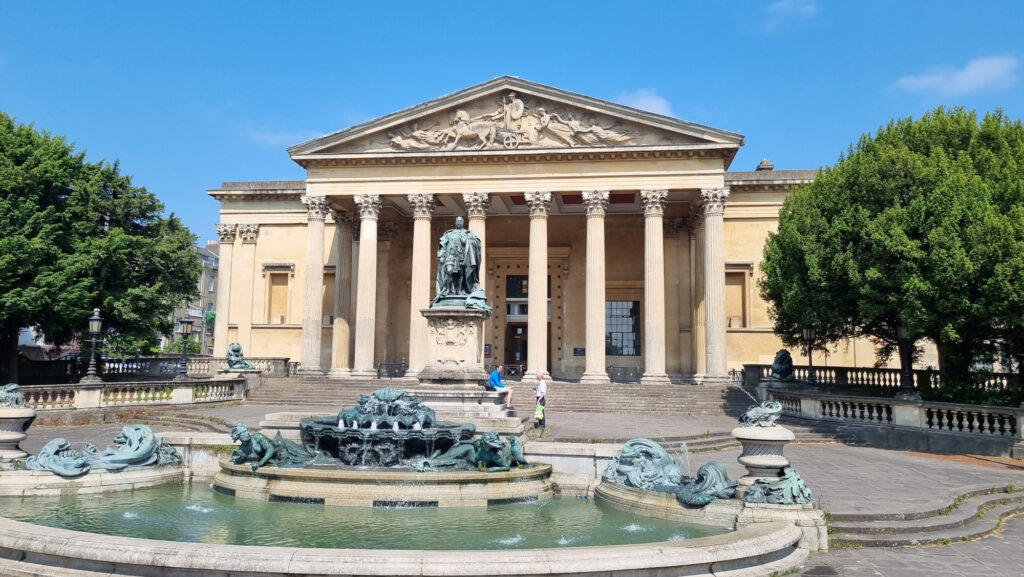
Along the upper end of town were the Victoria Rooms. Named after Queen Victoria as the first foundations were laid on her 19th Birthday. At the top of the hill we were met with suburban housing on the left, and a massive green parkland on the right. This was the downs, Durdham and Clifton Downs. The large green space is known as the “Green Lung” as it is a large spacious parkland that was even used as a boxing arena back in the day where men would be fighting 20 rounds of fights. Nowadays sports are more tame, like Rugby.
We then made our way down past the old schools of Clifton College and Clifton High School. These used to be an all boys and all girls school respectively and have, only in the last 20 years or so, moved to being coeducational. At Clifton College there is a war memorial arch built after World War I that requires students to remove headwear and pass through the gate in respect to the fallen.
We then made our way downhill further into the Avon River gorge, a huge limestone valley carved out millennia ago. As we round a bend in the gorge we come to the Clifton Suspension Bridge. A high set suspension bridge connecting Bristol to North Somerset. It was designed by Brunel when he was just 24 years old however it was not initially chosen as the final design. In a contest held to design the bridge it was declared there was no suitable design submitted, it wasn’t until the competition was held a second time that Brunel’s design was chosen. Though he did not live long enough to see the bridge’s completion when it was eventually started with his design.
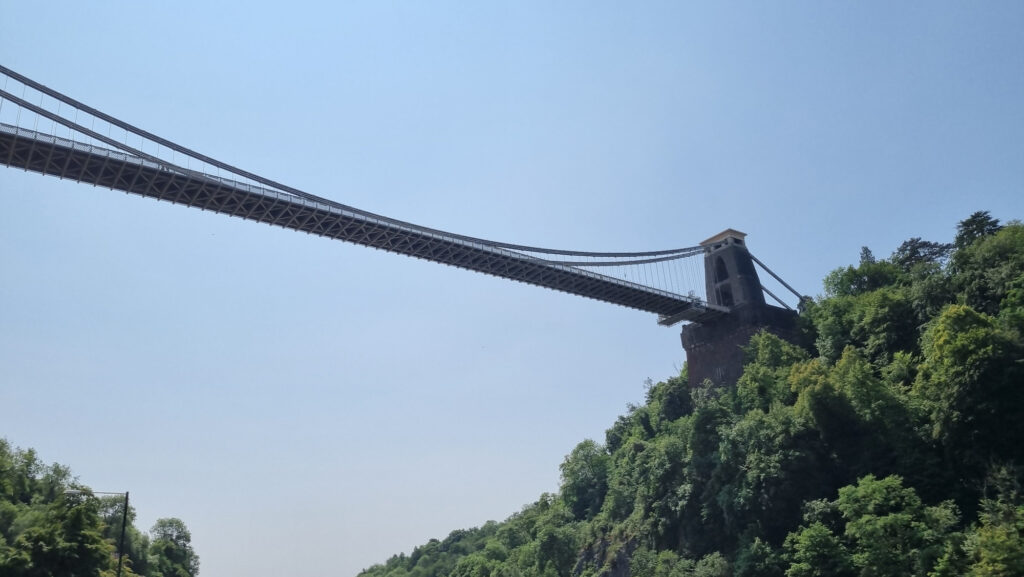
We made our way through the Hot Wells section of town, named after the hot springs that rise through the rocks under the suspension bridge. Before heading along the waterfront towards the Aquarium and We the Curious, a science discovery centre which, had I had the extra time would have been cool to go in and check out. We also passed the SS Great Britain. The first metal hulled steam powered propeller ship designed by…? Brunel of course! It was called the greyhound of the seas as it was both fast and elegant for its time.
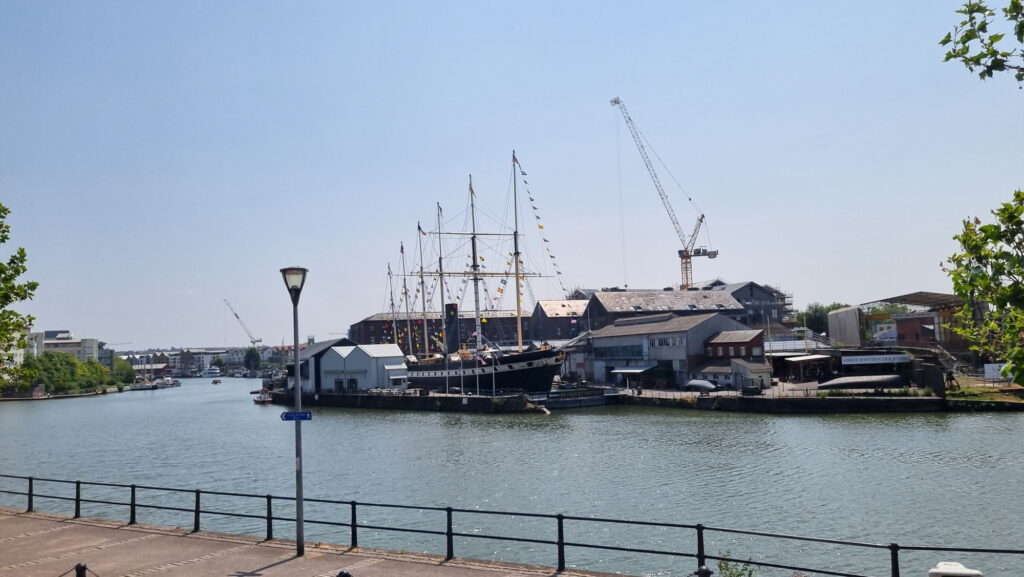
The bus then made its way through the centre of town to the Bristol Bridge, the first crossing of the original route of the River Avon. It was rebuilt three times to increase the size of the bridge, the fourth resizing was an iron structure adding to the stone bridge of the third reconstruction. The final stone design was designed by James Bridges (which seems rather fitting if you ask me) though he left (or fled) the country before the construction was completed.
We then headed through the south eastern part of town centre back to Bristol Temple Meads train station. This time I got the audio about the station. It was initially designed by… you guessed it! Brunel. It was part of his work on what is now known as the Great Western Railway to link London with Bristol (and beyond). The only restriction he had was that he was not allowed to lay any track within the city walls, so he lobbied the Templar to release some of the meadow land so that the train line could be built close to the city but remain outside the city walls, which brought about the Temple Meads name.
Kind of goes a long way to explaining why there’s a statue of Brunel outside the railway station. He’s Bristol’s Escher (for those of you that remember my entries way back in Zurich).
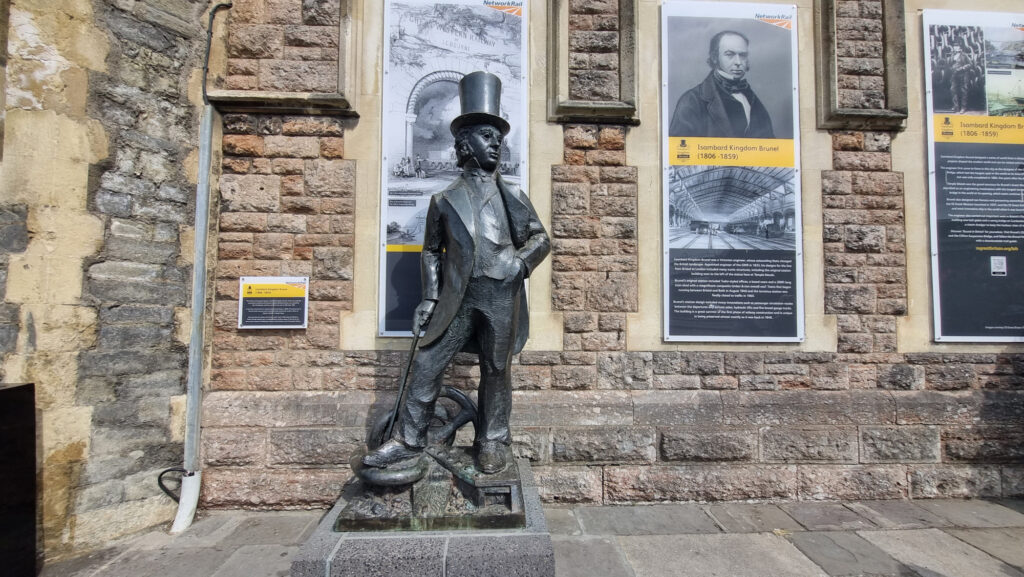
Recent Comments